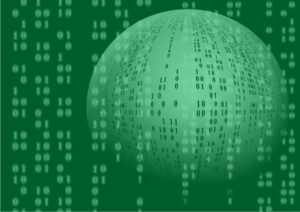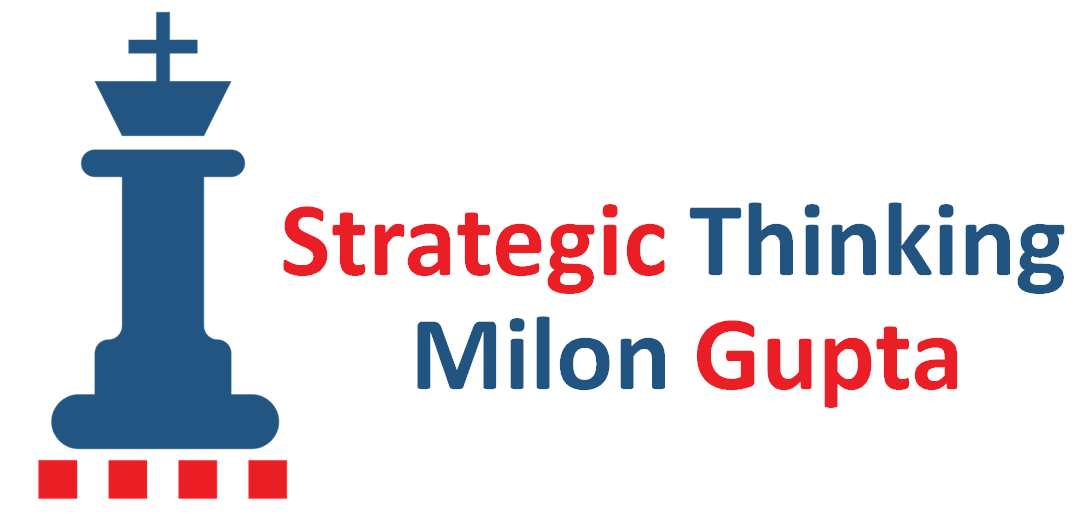Digital technologies can contribute significantly to making the German economy more ecologically sustainable.
According to a study by the German IT industry association Bitkom, accelerated digitization across sectors can lead to a significant reduction in CO2 emissions. The expected reduction is higher than the estimated CO2 emissions of the digital technologies themselves, thus Bitkom expects a net saving of 43 to 80 million tons of CO2 depending on the scenario.
To achieve the highest possible net CO2 savings and an overall reduction in the ecological footprint in the entire economy and in individual companies, it is important to make information technology itself more sustainable. The term Green IT has become established for this. A first example of green information technology was the “Green PC” developed by Fujitsu at the end of the 1980s, which was the first IT device to receive the German „Blauer Engel“ (“Blue Angel”) environmental label, because, according to the standards at the time, it was relatively resource-efficient and energy-saving.
Green IT includes all measures aimed at making information technology (IT) in companies more environmentally friendly and resource-saving. This ranges from the use of energy-efficient hardware and software to the optimization of IT processes and the implementation of recycling and disposal concepts for electronic devices.
Why Green IT is becoming increasingly important for companies
Digital technologies are increasingly permeating processes, products and services in companies. Even though a lot has already been achieved in terms of energy savings, especially in IT hardware, over the last three decades, the savings have mostly been eaten up by higher performance and more widespread use.
The trend of moving data and processes to the Cloud can in principle bring efficiency gains. However, in recent years it has led to a gigantic growth in electricity consumption in an increasing number of data centers.
According to the Borderstep Institute, data centers in Germany consumed 17.9 billion kWh of electricity in 2022. That is 3.7% of German electricity consumption – significantly more than the city of Berlin needs per year. And it is to be expected that the electricity consumption of data centers will continue to rise, driven in part by the current AI boom. The Borderstep Institute believes an increase to over 30 billion kWh in 2030 is possible.
Parallel to the advancing digitization and its growing hunger for resources, more and more companies are pursuing ambitious sustainability goals voluntarily or under the pressure of regulatory requirements. These include, in particular, targets for reducing CO2 emissions. Green IT should be an important component in the sustainability strategy of every company that wants to achieve its CO2 targets.
Advantages of Green IT
Green IT offers companies a number of benefits:
- Cost savings: By using energy-efficient IT solutions, companies can reduce their operating costs. Lower energy consumption leads to lower electricity bills, and longer-lasting hardware reduces the cost of new purchases.
- Improved competitiveness: Companies that focus on sustainability can stand out from the competition and win new customers. Sustainability is an important criterion for many consumers and business partners.
- Compliance with legal requirements: More and more countries are introducing stricter environmental laws. By implementing Green IT, companies can ensure that they comply with these regulations and avoid potential penalties.
 Recommendations for expanding Green IT
Recommendations for expanding Green IT
In general, it is recommended that the expansion of Green IT be pursued as part of the company’s integrated sustainability strategy. This ensures that Green IT initiatives contribute to the strategic sustainability goals.
Operational measures in the development of Green IT should be based on the following principles:
- Data management and prioritization of data sets: Companies should manage and prioritize their data efficiently in order to minimize resource consumption. This can be achieved by using cloud solutions for data storage, which reduces energy consumption and relieves the burden on the IT infrastructure. When selecting a cloud provider, its security and sustainability performance must be checked.
- Energy-efficient IT infrastructure: Minimizing energy consumption through an optimized IT infrastructure is crucial. This includes centralizing devices such as printers and scanners and using multifunction devices that consume less energy.
- Sustainability when choosing an IT partner: Companies should pay attention to their commitment to sustainable practices when selecting their IT partners. This can be verified through certifications and evidence on the partners’ websites.
- Energy-efficient software development: Sustainability should be integrated into the development process early on. Environmentally friendly software engineering can help reduce the energy consumption of IT systems.
- Automation of processes: Automating IT processes, such as backups, helps to make them more efficient and reduce energy consumption. Automated processes should preferably run when the system has free capacity.
In addition, to reduce electronic waste, the durability and recyclability of IT hardware should be considered when purchasing, leasing or renting. These measures not only help reduce the company’s ecological footprint, but can also lead to cost savings and improved competitiveness.
Challenges in the transition to Green IT
The transition to Green IT entails a number of challenges:
- Initial investments: Switching to energy-efficient IT systems and implementing sustainable processes often require significant initial investments. This can be a hurdle, especially for small and medium-sized companies.
- Complexity of the transition: Integrating Green IT into existing systems and processes can be complex and time-consuming. It requires careful planning and often training for employees, for example in purchasing or the IT department.
- Technological dependencies: Companies are often dependent on certain technologies and providers. Switching to more sustainable alternatives can therefore be difficult if compatible solutions are lacking or high conversion costs are incurred.
All of these challenges can be solved, but require a well-thought-out strategy, persistence and patience.
Conclusion
Green IT offers enormous potential for companies to not only become more environmentally friendly, but also to increase their efficiency and competitiveness. Despite the challenges associated with the transformation to Green IT, the opportunities to save costs in the long term, meet legal requirements and strengthen market position outweigh the risks.
If you need support in developing your Green IT plans as part of your sustainability strategy, please feel free to arrange a free, non-binding consultation with me.

